
The Levant is an approximate historical geographical term referring to a large area in the Eastern Mediterranean region of West Asia and core territory of the political term Middle East. In its narrowest sense, which is in use today in archaeology and other cultural contexts, it is equivalent to Cyprus and a stretch of land bordering the Mediterranean Sea in western Asia: i.e. the historical region of Syria, which includes present-day Israel, Jordan, Lebanon, Syria, the Palestinian territories and most of Turkey southwest of the middle Euphrates. Its overwhelming characteristic is that it represents the land bridge between Africa and Eurasia. In its widest historical sense, the Levant included all of the Eastern Mediterranean with its islands; that is, it included all of the countries along the Eastern Mediterranean shores, extending from Greece in Southern Europe to Cyrenaica, Eastern Libya in Northern Africa.
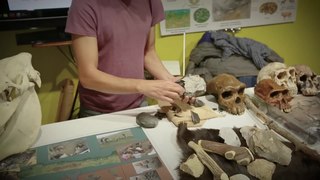
In the archaeology of the Stone Age, an industry or technocomplex is a typological classification of stone tools.

Clovis culture is a prehistoric Paleoamerican archaeological culture, named for distinct stone and bone tools found in close association with Pleistocene fauna, particularly two Columbian mammoths, at Blackwater Locality No. 1 near Clovis, New Mexico, in 1936 and 1937, though Paleoindian artifacts had been found at the site since the 1920s. It existed from roughly 11,500 to 10,800 BCE near the end of the Last Glacial Period.
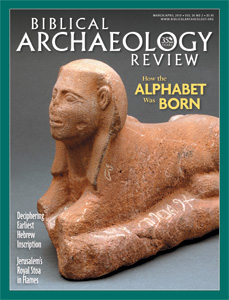
Biblical Archaeology Review is a magazine appearing every three months and sometimes referred to as BAR that seeks to connect the academic study of archaeology to a broad general audience seeking to understand the world of the Bible, the Near East, and the Middle East. Since its first issue in 1975, Biblical Archaeology Review has covered the latest discoveries and controversies in the archaeology of Israel, Turkey, Jordan and the surrounding regions as well as the newest scholarly insights into both the Hebrew Bible and the New Testament. The magazine is published by the nonsectarian and nonprofit Biblical Archaeology Society (BAS).
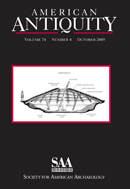
The professional journal American Antiquity is published by Cambridge University Press for the Society for American Archaeology, an organization of professional archaeologists of the Americas. The journal is considered to be the flagship journal of American archaeology.

The Journal of Egyptian Archaeology (JEA) is a bi-annual peer-reviewed international academic journal published by the Egypt Exploration Society. Covering Egyptological research, the JEA publishes scholarly articles, fieldwork reports, and reviews of books on Egyptology. Articles are mainly published in English, with contributions in German or French accepted where suitable.

The American Journal of Archaeology (AJA), the peer-reviewed journal of the Archaeological Institute of America, has been published since 1897. The publication was co-founded in 1885 by Princeton University professors Arthur Frothingham and Allan Marquand. Frothingham became the first editor, serving until 1896.
The Royal Archaeological Institute (RAI) is a learned society, established in 1844, with interests in all aspects of the archaeological, architectural and landscape history of the British Isles. Membership is open to all with an interest in these areas.
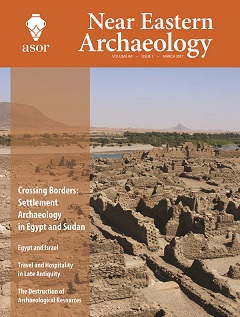
Near Eastern Archaeology is an American journal covering art, archaeology, history, anthropology, literature, philology, and epigraphy of the Near Eastern and Mediterranean worlds from the Palaeolithic through Ottoman periods. The journal is written for a general audience and is published quarterly by the American Schools of Oriental Research. The current editor is Thomas Schneider. Almost all articles undergo peer review prior to publication. The journal is electronically archived by JSTOR with a three-year moving wall.

Zapaleri is a volcano whose summit is the tripoint of the borders of Argentina, Bolivia and Chile. A number of railways are in the area. It is part of Potosí Department (Bolivia), Jujuy Province (Argentina), and Antofagasta Region (Chile). The volcano formed on top of the 2.89 mya Tara Ignimbrite from the Guacha caldera and the basement beneath the volcano is formed from Cretaceous and Tertiary rocks affected by tectonic deformation. Volcanic rocks are andesite, basalt, dacite and rhyolite. Late Cretaceous rocks are also found in the area, as are Pleistocene shoshonite volcanic rocks.
Hesperia is a peer-reviewed journal published quarterly by the American School of Classical Studies at Athens. It was founded in 1932 for the publication of the work of the school, which was previously published in the American Journal of Archaeology. This is still the main aim of the journal today. It also accepts other submissions by scholars in the fields of Greek archaeology, art, epigraphy, history, and literature.
Batadombalena is an archaeological site with evidence of habitation from 8,000 years BCE, Balangoda Man, located 85 km (52.8 mi) from Colombo in Sri Lanka, a two-hour drive from Colombo.
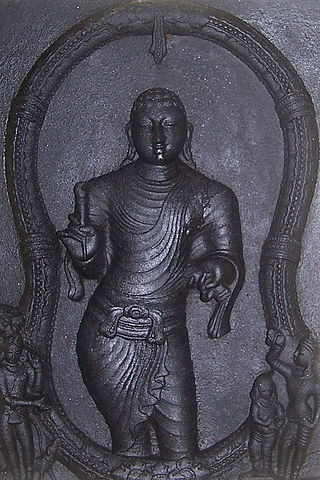
Mathilakam is a village in Kodungallur taluk, Thrissur district in Kerala, South India. It is located around 5 miles north of Kodungallur on National Highway 66.
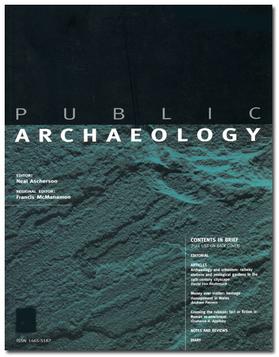
Public Archaeology is a quarterly peer-reviewed academic journal established in 2000, edited by Gabe Moshenska and previously edited by Tim Schadla-Hall. It is published by Maney Publishing. It covers the relationships between practical archaeology, archaeological theory and cultural heritage management models, and the involvement of wider civic, governmental, and community concerns.

World Archaeology is a peer-reviewed academic journal covering all aspects of archaeology. It was established in 1969 and originally published triannually by Routledge & Kegan Paul. In 2004 it changed to a quarterly publication schedule while remaining under the Routledge imprint.

The Journal of Archaeological Science is a monthly peer-reviewed academic journal that covers "the development and application of scientific techniques and methodologies to all areas of archaeology". The journal was established in 1974 by Academic Press and is currently published by Elsevier.
Australian Archaeology is a peer-reviewed academic journal published by the Australian Archaeological Association. It was established in 1974 and covers all fields of archaeology as well as other subjects that are relevant to archaeological research and practice in Australia and nearby areas. The journal uses a broad definition of archaeology to include prehistoric, historic, and contemporary periods and includes social, biological, and cultural anthropology, history, Aboriginal studies, environmental science, and other related areas. As of December 2021 the editors are Sean Ulm and Annie Ross assisted by associate editor Ariana Lambrides and book review editor Mirani Litster.
Ardistama, also known as Arissama, was a town of ancient Cappadocia, inhabited by Hittites in Hellenistic, Roman, and Byzantine times. It was discovered in 1904 by Thomas Callander. Its name may have been derived from Angdisis or Angdistis.

Dhaymoole is an archaeological site in the Sahil province of Somaliland. The site is a cave that contains a collection of ancient rock drawings showing a variety of animals as well as some unidentified symbols. These drawings were created during the third millennium BC.
The Journal of African Archaeology is a biannual peer-reviewed academic journal covering archaeological studies on Africa. It was established by Sonja Magnavita in 2003. From 2003 to 2016, the Centre for Interdisciplinary African Studies and the Department of African Archaeology and Archaeobotany of Goethe University Frankfurt published it in association with Africa Magna Verlag. Since 2017, the departments publish it in association with Brill Publishers.













